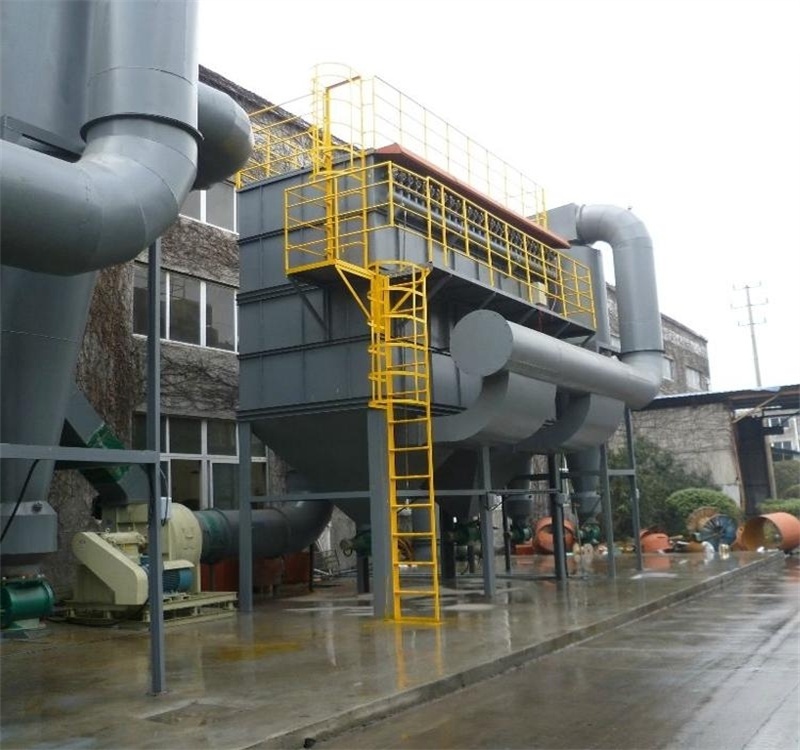NEWS&EVENTS
In the antimony trioxide smelting process, the dust collection system plays a crucial role. Its main purpose is to collect the high-temperature flue gas rich in Sb₂O₃ that volatilizes from the smelting furnace. Direct emission of this flue gas would not only waste antimony resources but also cause serious environmental pollution.

The bag filter is the core equipment of this dust collection system. Because it deals with high-temperature flue gas, the selected filter bags must be heat-resistant and anti-condensation. Ordinary filter bags are easily damaged in high-temperature environments, while heat-resistant filter bags ensure stable operation over long periods. Anti-condensation properties prevent moisture in the flue gas from condensing on the filter bag surface, avoiding clogging and ensuring efficient dust collection.
When high-temperature flue gas enters the baghouse dust collector, solid antimony oxide powder in the flue gas is captured by the filtration action of the filter bags. This collected material is called "crude antimony oxide," which contains a certain amount of Sb₂O₃ and other impurities, and is an important raw material for subsequent wet process stages. After treatment by the baghouse dust collector, the antimony oxide powder content in the emitted flue gas is significantly reduced, achieving both effective recovery and utilization of antimony resources and meeting environmental emission requirements. This is of great significance for the sustainable development of antimony trioxide smelting technology.